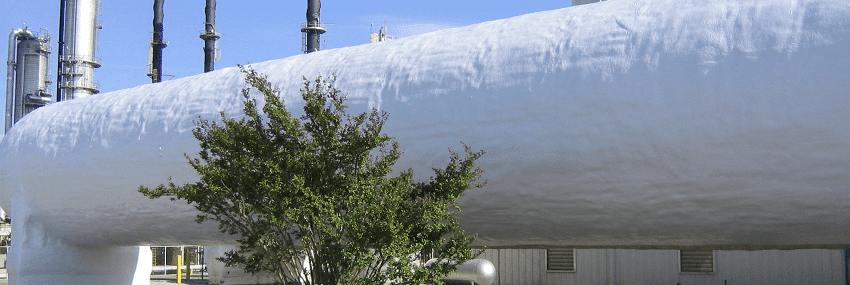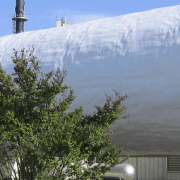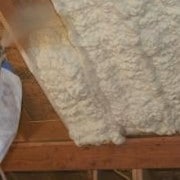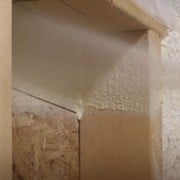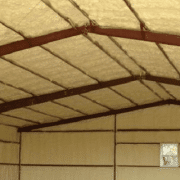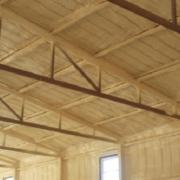Why You Need Attic Insulation
[ad_1]
It’s cold outside, and no matter how high you set your thermostat, your house is still cold. Or it’s hot outside, and you can feel the heat permeating down from the attic as your air conditioner runs continuously. Your utility bills are constantly rising and you begin to wonder if you need more insulation in your drafty home.
Almost half of the energy used in an average home in the United States is for heating and cooling. Of this, 30-40% of that energy is lost through an uninsulated (or under insulated) attic. To reduce this energy loss, the Environmental Protection Agency (EPA) recommends attics be insulated with insulating materials ( fiberglass , cellulose, rigid foam
Even today, many homes are insulated using outdated R-value recommendations, with
Adding insulation to the attic is not as expensive as it sounds, especially when completed as a DIY project. The financial payback of this home investment is usually less than five years, and is measured by a reduction of heating and cooling costs. There is also an ecological payback involved from reducing your carbon footprint.
[ad_2]

